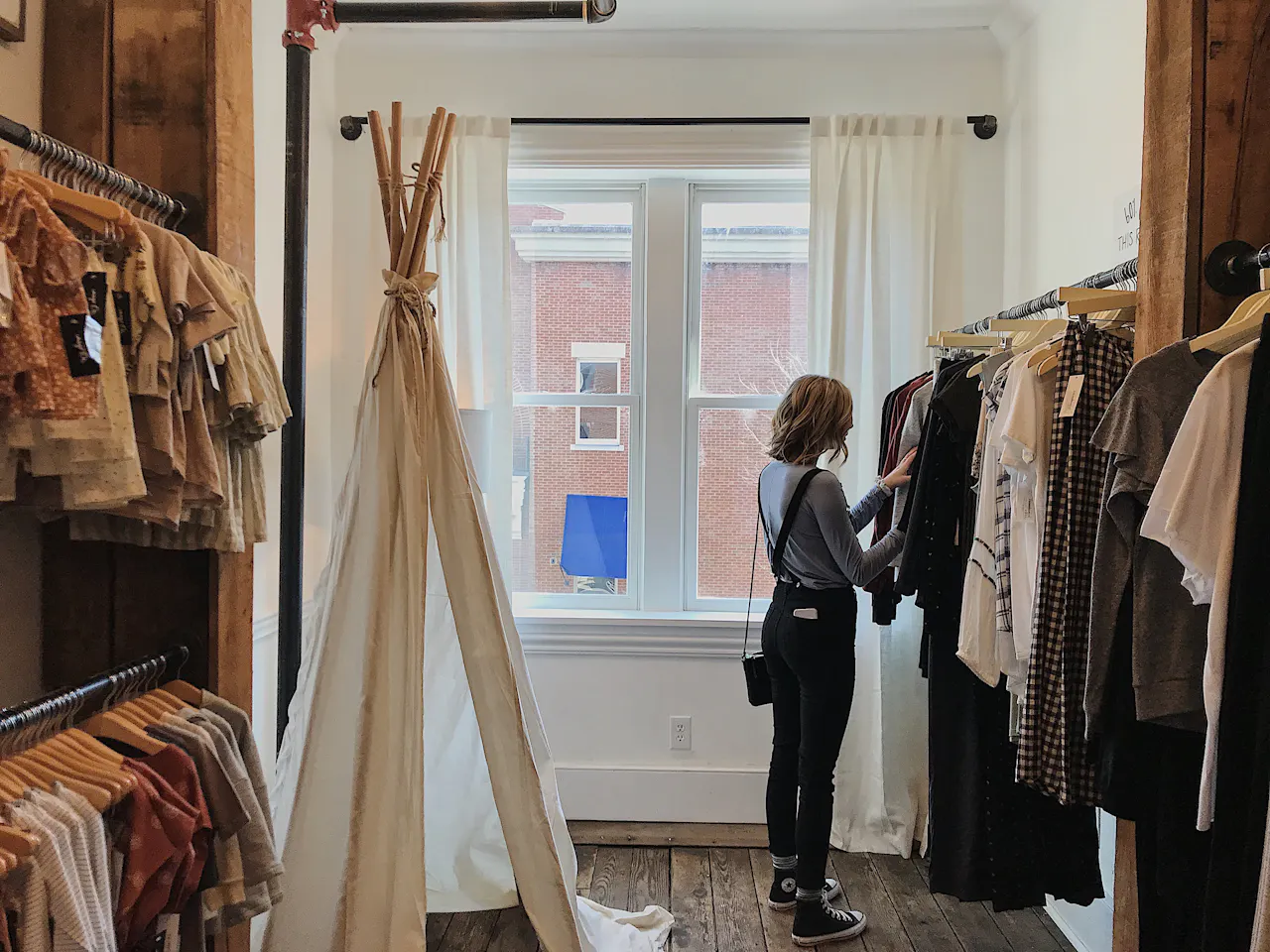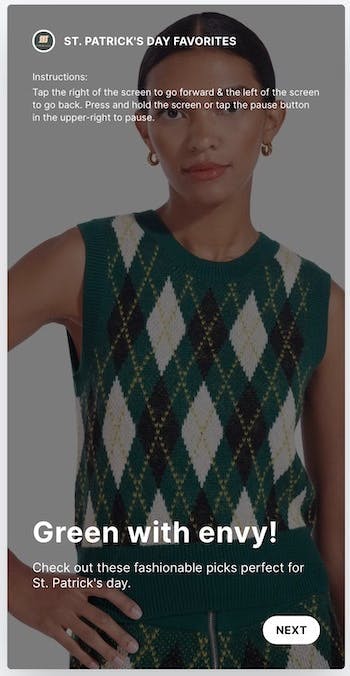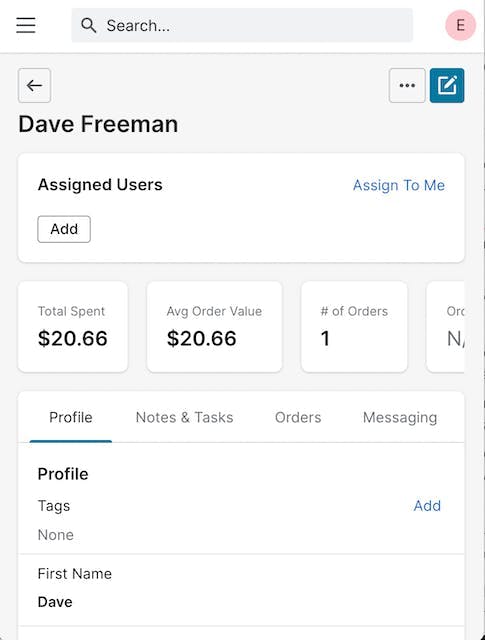Clienteling vs. Customer Service: The Secret Ingredient to Boosting Sales
Customer service has always been an incredibly important part of customer experiences. However in recent years, large and small retailers alike have focused more of their time and money on clienteling.

I still go to my stylist even after moving away from her block years ago. It’s actually sort of a pain. It’s now a bit of a drive, there isn’t much street parking, and she has a new live-in cat which I’m mildly allergic to. Her name is Francis.
But I’ll never stop going to her. She knows exactly the cut I want. She knows where my weird cowlick is, and how to shape around it. She can tell when I’m in the mood to chat, and when I’m not. She knows the type of music I want to listen to during the haircut. A few months ago, she even remembered my birthday. It’s no wonder I’m so loyal.
And in a nutshell, that’s clienteling.
Why clienteling isn’t just customer service
As the example of my stylist shows, clienteling isn’t just basic customer service. Supercuts has basic customer service, after all. But there’s a chasm of difference between what the haircut chain can offer a customer versus the stylist who knows you inside and out.
In short, clienteling is efficiently using information to create intimate customer experiences. But it’s not as simple as better customer service, or more customer service. There’s a fundamental shift in your relationship with your customers when your business decides to push into clienteling.
The key difference is that customer service is reactive, while clienteling is proactive.
Customer Service
- Answers customer questions
- Treat all customers generally well
- Gather data to fix purchase issues
- Provide short-term, transactional relationships
Clienteling
- Anticipates customer questions
- Treat each customer specifically well
- Gather data to personalize shopping
- Foster long-term, loyalty-based relationships
To provide a much more personal shopping experience, which ultimately is more effective, clienteling is proactive in learning about each customer. Clienteling gathers personal data from both online and physical shopping to help your business know exactly how Ella might shop from how Ernest might shop.
But whew, all that seems hard. Is it worth it?
Why clienteling is important today
It’s no shock that online shopping has changed the game for traditional retailers. But an odd thing happened on the way to the digital checkout cart: due to online giants like Amazon knowing everything about you, shoppers are expecting more personalization, not less.
Thanks to online pioneers, such as Amazon, customers have grown to expect and desire personalized experiences: a survey of 1,000 US adults by Epsilon and GBH Insights found that the vast majority of respondents (80 percent) want personalization from retailers. Personalization can even be called a “hygiene factor”: customers take it for granted, but if a retailer gets it wrong, customers may depart for a competitor. - McKinsey & Co
So in a strange turn of events, the seemingly less personal internet shopping has sparked a desire for more personalized experiences in retail. It does make sense. In a world where your Facebook, Instagram, Twitter, and TikTok feeds are all tailor made to only you, why wouldn’t you want the same amount of personalization when it comes to spending your money?
And when retailers embrace personalization through clienteling, the result (read: revenue) speaks for itself. In the same McKinsey article, retailers see a “10 to 15 percent boost in sales-conversion rates,” but honestly, that’s a no brainer. The real eye-opening stat is that “these programs can also reduce marketing and sales costs by around 10 to 20 percent.”
Customer service is expensive due to the person-hours required to react to customer needs. This huge savings in marketing and sales costs is a big reason why more and more companies are moving away from basic customer service to clienteling, and in turn seeing higher revenues for a lower cost-per-sale. It’s about as win-win as you can get.
Is clienteling scalable?
My hairdresser can give me a personalized experience because every interaction is always 1-on-1. Most retail businesses don’t have that luxury. But keep in mind that Amazon is delivering a personalized shopping experience to all of its users, and they don’t have much of a physical retail presence at all. They do it with robust data mining of their customers and personalized promotions in their electronic communications.
Your retail business can do the same with the right clienteling software, but with the added bonus of providing a personalized experience in your physical locations as well. For example, a fashion retailer can send out a St. Patrick’s Day lookbook to certain customers:

Then, if those customers check into a physical location, your sales staff can remind them of the Lookbook items they had previously clicked on to see if they would want to try them on. This is the power of clienteling software that can track both the online activities as well as the in-store activities of your customers.
And keep in mind the 80/20 rule of retail: that 80% of your sales come from 20% of your customers. This means that as your team scales up your clienteling abilities, you can start with the 20% of your most loyal customers first to make the biggest impact on your bottom line.
What sales associates need for clienteling success
Even your best sales associate won’t be able to remember everything about every customer’s shopping journey. This is where technology comes in, enabling your reps to have the customer data at their fingertips to provide an effective clienteling experience for each shopper.
Today, customers are used to sales associates approaching them with tablets or their smartphones out (we’ve all stepped inside of an Apple store, after all). Arming your sales associates with a CRM that can pull up each customer’s data so that they can quickly pull up a shopper’s history is the key to effective clienteling.

“Hi, have you shopped with us before?”
“I have.”
“Mind telling me your name? I can bring up your shopping history to better assist you.”
“It’s Jane Doe.”
“Hi Jane! It says here you were recently browsing through some of our spring collection Lookbooks. Would you like to see some of those spring options today?”
While interactions like these using customer history will take retail training, these are the personalized shopping experiences that define what clienteling is, and what truly moves the needle today in retail.
Get our clienteling playbook
Want to transform your retail strategy? Download our step-by-step guide to learn how to turn casual shoppers into loyal brand advocates through clienteling.

